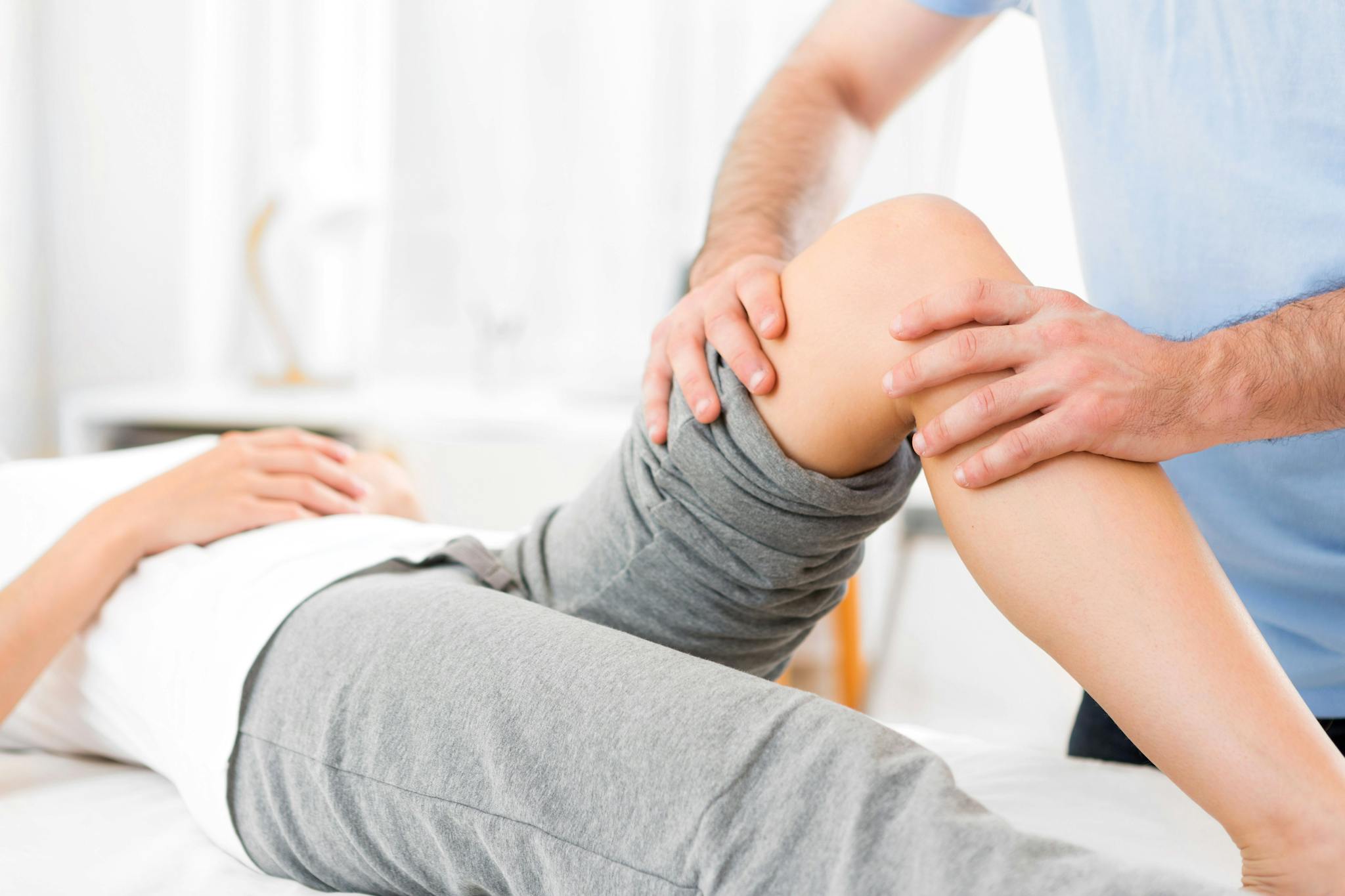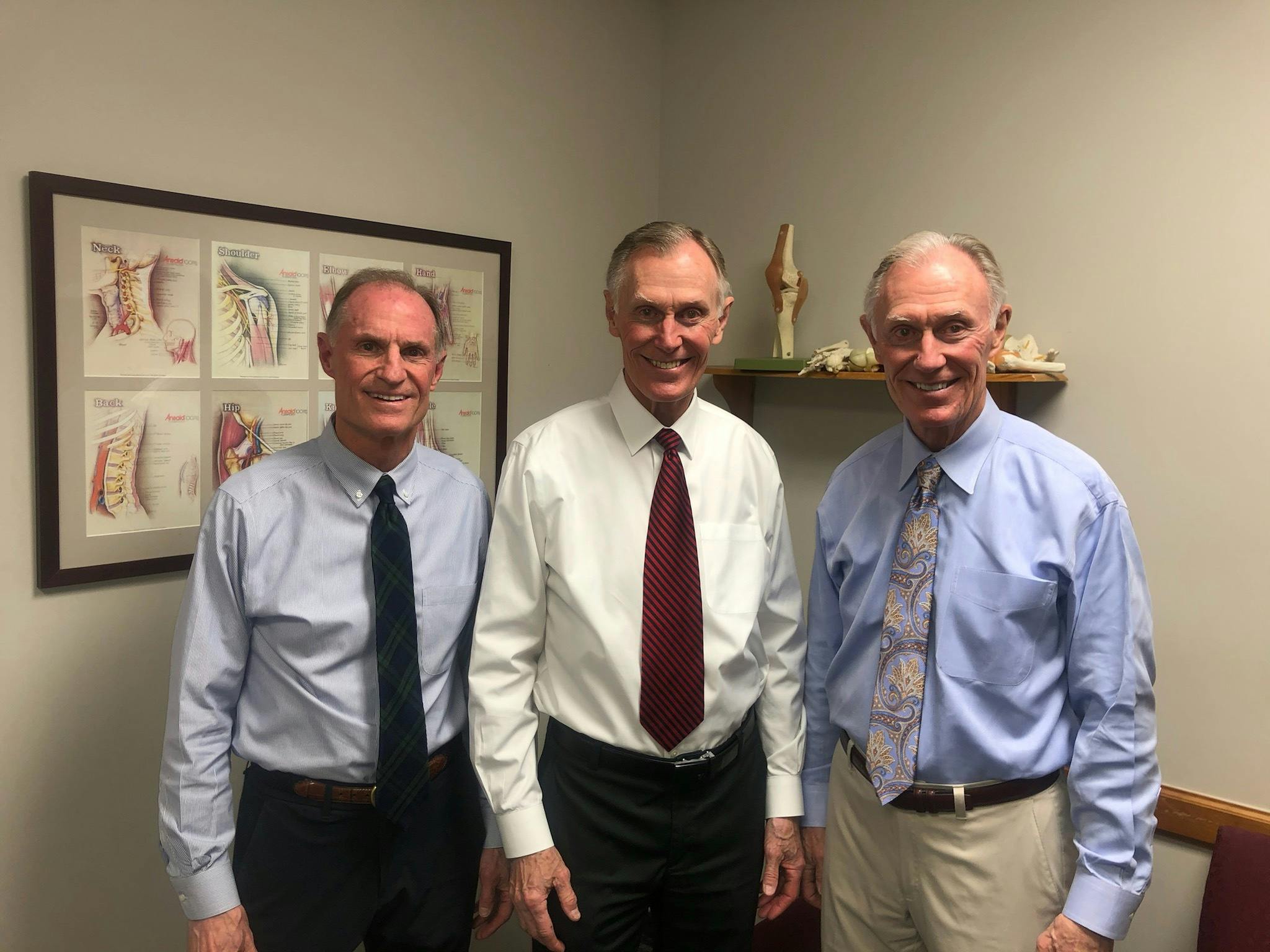
2024-06-21T14:29:51
Coral Desert Orthopedics Voted Best Orthopedic Surgeon in Southern Utah
- Orthopedics
May 16, 2018 | Orthopedics
Specialties:Orthopedics

The anterior cruciate ligament (ACL), allows for range of motion in your knee. Like other ligaments, the ACL can be torn during activity—often during sports like basketball, soccer, skiing, gymnastics or others that include sudden stopping and starting. For mild tears or strains of the ACL, physical therapy and conservative treatment methods may be enough. But for more severe tears, ACL reconstruction surgery is often necessary.
Doctors most often use arthroscopic surgery (a procedure in which your doctor inserts small tools and a camera through minor incisions) to repair the ACL. This surgical method is less invasive and doesn’t cause as much scarring as an open knee surgery would. Here’s what you can expect after an ACL surgery:
In most cases, an ACL surgery takes about one hour to complete, and most people are able to leave the hospital on the same day as the operation. After your surgery, your doctor may instruct you to follow a few protocols:
In the days and weeks following ACL surgery, it’s likely you’ll feel some swelling and pain. The R.I.C.E. method is a great way to manage these symptoms:
In time, physical therapy will become part of your recovery process to help you regain strength and movement in the joint. It’s important to follow your doctor’s instructions.
In the majority of cases, a successful surgery and diligent rehabilitation can help you return to a regular range of motion within just a few weeks, and for athletes looking to return to sports participation, this can generally be accomplished in eight to 12 months.
Like with many surgical operations, there are some risks associated with ACL surgery:
Your doctor can offer further recommendations on ACL surgery, whether it’s right for you, and how you can recover properly.

WRITTEN BY:
The Live Better Team


2024-06-21T14:29:51

2024-02-06T11:40:13

2023-03-30T11:23:12

2021-06-30T10:17:21
This information is not intended to replace the advice of a medical professional. You should always consult your doctor before making decisions about your health.